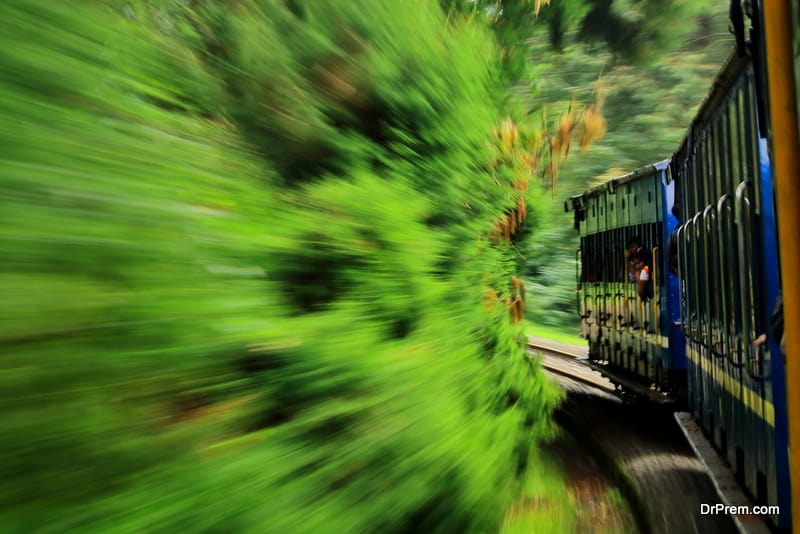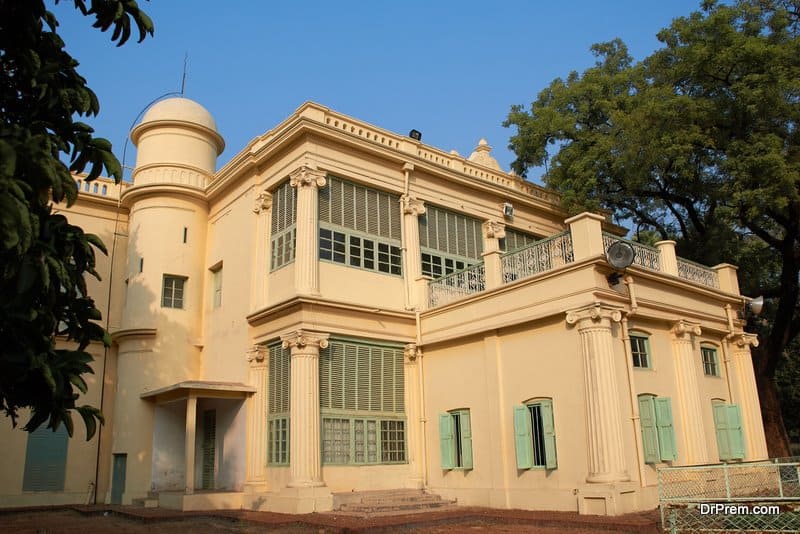The magnificent scenery at Nainital—which is about eight hours away from Delhi by road—is a big draw. And the bonus is a trip to Kilbari to explore
hill mysteries, at a place where the clouds come right down to earth.
But of course you’ve seen Nainital… even if you haven’t actually been there. Flashback to Sunil Dutt and Mala Sinha gazing soulfully at the distant peaks in Gumrah or Rajesh Khanna romancing Asha Parekh around the lake in Kati Patang or the all-star blockbuster Waqt with Raj Kumar, Sunil Dutt and Shashi Kapoor chasing baddies down those impossible mountain roads. When a place attracts so many film units, there’s got to be something special about it. And certainly there’s plenty that’s special about the Jewel of Kumaon.
The place gets its name from a deep crescent shaped taal—actually two lakes: Malli-Tal at the northern end, and Talli-Tal at the southern end. The Naini part of the name refers to the left eye of Lord Shiva’s wife Sati, which supposedly fell at the spot, creating the lake. Ma Naini’s temple stands on the Malli-Tal shore. The temple is relatively modern but is built on the site of a much older one that was destroyed by an earthquake. (You’re in a seismically active place so don’t forget to say your prayers when you visit Nainital).
Colonial records name an Englishman as having discovered this place, but actually, from ancient times, sadhus and pilgrims bound for Badrinath and Kedarnath camped around the lake. According to the Imperial Gazetteer, when hunter P Barron reached Bhimtal during the course of his 1,500-mile expedition through the Kumaon Himalayas in 1839, local people told him of Nainital and he became the first Britisher to lay eyes on the spot.
The British wasted no time in creating a pleasant little resort for themselves and one of the first things they set up was the Boat Club, which goes back to the 1850s.
The boats make a lovely sight. As the wind drives them across the placid greenish waters, their brightly-coloured sails somehow remind you of butterflies fluttering over a meadow. Every boatman seems to be a born raconteur. Nainital Lake is 93 feet deep but the boatmen are sure to make it several times deeper with yarns about how a fellow spends a year making a rope and it still doesn’t reach the bottom. With an impassive expression, the boatman will go on about how the spirit of the lake claims annual “sacrifices”. Your eyes stray to the boat and you try to judge its “seaworthy-ness” and your chances of returning safe and dry to the shore.
Ranikhet, Almora, Kausani, Bageshwar, Bhimtal, Naukuchiatal, Ghora-khal, Kathgodam are all within day-tripping distance, but there are many places to explore right around Nainital. If you’re young and full of beans, the trek up 2680-metre high Cheena Peak (renamed Naina Peak) is what you want.
The route winds through fragrant forests of cedar and oak where moss festoons the trees, testifying to the cool, damp climate. The view from the
summit will make you forget your aching muscles—there’s Bandarpoonch, Badrinath, Nanda Devi, Trishool and Pindari Glacier straight ahead and just some 200 miles away. The eternally snow-clad peaks change colour dramatically as the sun moves across the sky.
If you can spare yourself the luxury of a third day in Nainital then you can ill afford to forgo a visit to Kilbari which the locals would tell you was infamous during the Raj days as the ‘belligerent’ Indians were killed and buried there; hence the name, Kill-Bury, which over the years evolved it’s calling to what it is now. Hills have mysterious tales to tell always, until and unless one is a Ruskin Bond.
From Khara Pathar if you go till about 12 km you reach this beautiful village which is unique in its musical tone and aesthetic tenor. The hill birds’ tweets and the jungle sounds almost silence the revved up engine sound of your car. But it’s better to come out here and wade thorough the thickly foliaged trees and spiraling creepers. The damp track and the overhanging soft but pithy tendrils flowing down the moss-laden and fern-laden trees complete the canvas.
Even after sunrise, the darkness of the night still seems to reign here, and would not allow the sunrays to penetrate or intrude, for the intense growth of flora supplements the cause of the mysterious obscurity and dimness. What grows here in the name of flowers is the wild variety. But yes, if you come to Kilbari during summer months then rhododendrons will surely greet you with all their crimson façade.
Reach Kilbari to find yourself in the clouds every half hour for through this village is the natural outlet of the rising winds and the trailing fog. Cold breeze seems to pierce through but pleasantly here. The moving clouds can also be seen losing height when they slide steadily on to the Nainital valley side. A trail takes to down to the heart of the village where they have a traditional Hindu temple with vermilion painted walls.
(The writer Rajbir Deswal is an IPS officer)



